ultimathule
Latest

NASA releases sharpest-ever images of distant Kuiper Belt object
The mysterious Kuiper Belt object 2014 MU69 now exists as more than a generic-looking blob. NASA has posted its sharpest-ever images of the object, captured a relatively close 4,109 miles away at 12:33AM on January 1st. While scientists already knew some details about MU69 before now, such as its unusual two-part 'pancake' shape, these higher-quality images show details that just weren't visible before. You'll find circular pieces of terrain, deep pits (visible toward the top) and other details that were previously elusive.
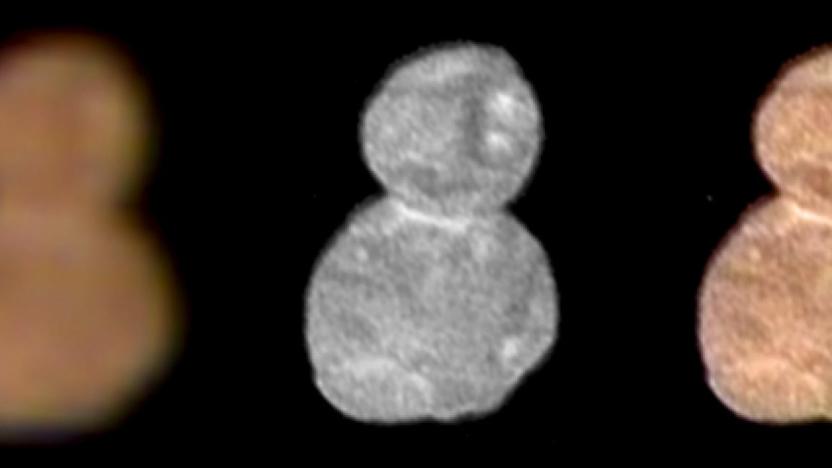
NASA releases first clear images of distant Kuiper Belt object
NASA's New Horizons team has released the promised first images from its history-making flyby of (486958) 2014 MU69, and they're already shedding some light on the early Solar System -- while also raising some questions. The snapshots, captured from as close as 17,000 miles away, show that the 21-mile-long Kuiper Belt object is a "contact binary" where two spheres slowly collided and fused with each other. The two may have linked up "99 percent of the way" to the start of the Solar System, Johns Hopkins University APL said.
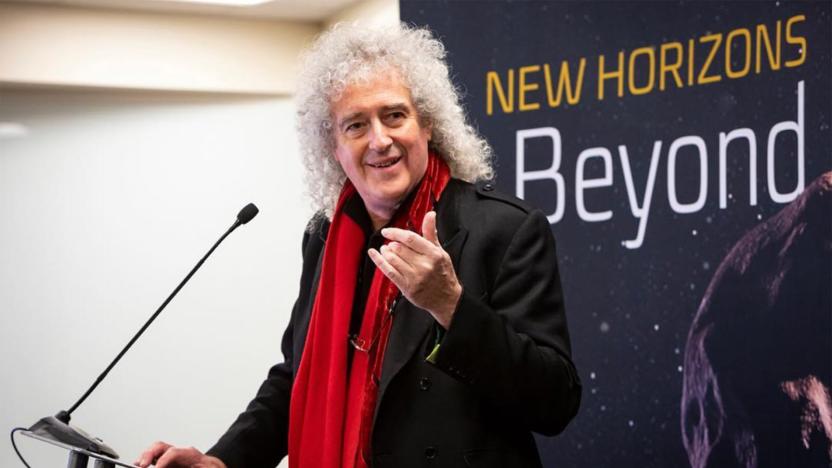
Queen guitarist Brian May wrote a song for NASA's historic flyby
Queen guitarist Brian May hasn't been shy about his fondness for astronomy (he does have a doctorate in astrophysics), and he's making that patently clear as 2019 kicks off. The artist has written a song to mark NASA's historic flypast of Ultima Thule, appropriately titled "New Horizons (Ultima Thule Mix)." As he explained in a presentation, the tune is an "anthem to the human endeavor" -- it pays tribute to our species' insatiable curiosity about the universe.
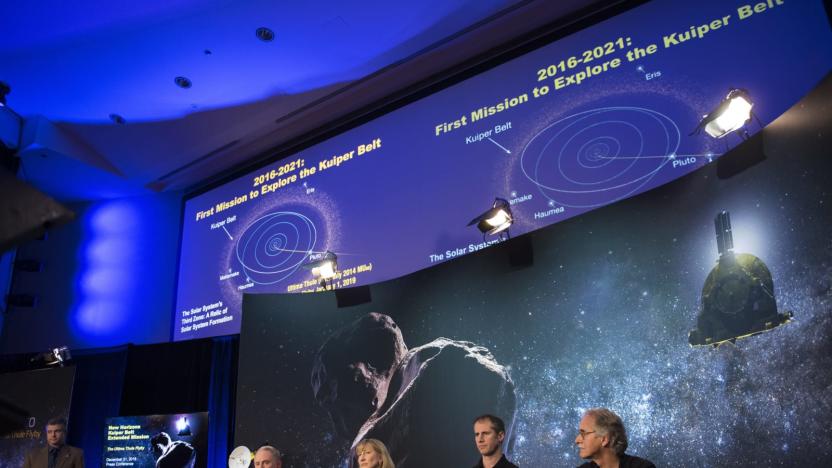
New Horizons probe sends first signal from Ultima Thule
NASA now has proof that its New Horizons probe completed its record-setting flyby of the Kuiper Belt object Ultima Thule. The mission team confirmed the flypast at 10:31AM Eastern Time after receiving telemetry data indicating that the spacecraft was "healthy." It technically flew past Ultima Thule at about 12:33AM , but the combination of data collection and the six-hour signal travel time left the New Horizons crew waiting until much later to receive the A-OK from their pride and joy.
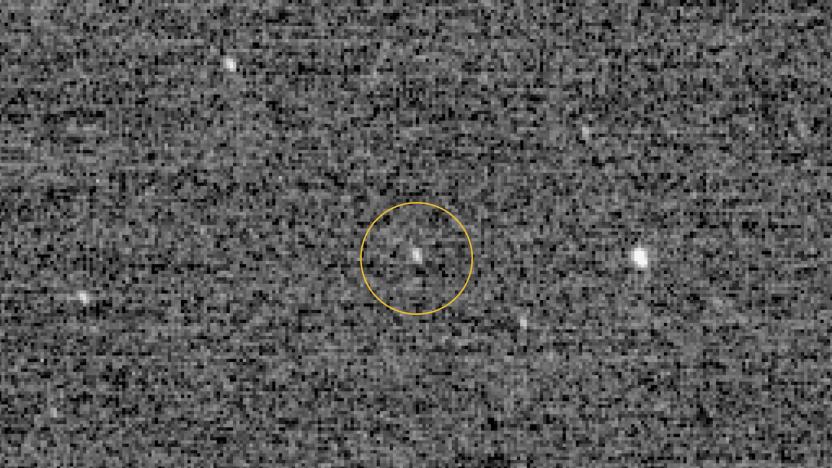
NASA will reach its most distant target yet on New Year's Day
While we're welcoming the new year here on Earth, NASA's New Horizons spacecraft will be ringing in 2019 with a flyby of a very distant object in our solar system. In 2015, New Horizons gave us our best look yet at Pluto, and ever since, it has been heading towards a distant Kuiper Belt object known as Ultima Thule. On January 1st, 2019, it's scheduled to reach Ultima Thule, where it will collect detailed images and other data as part of the most distant exploration of a space object to date.
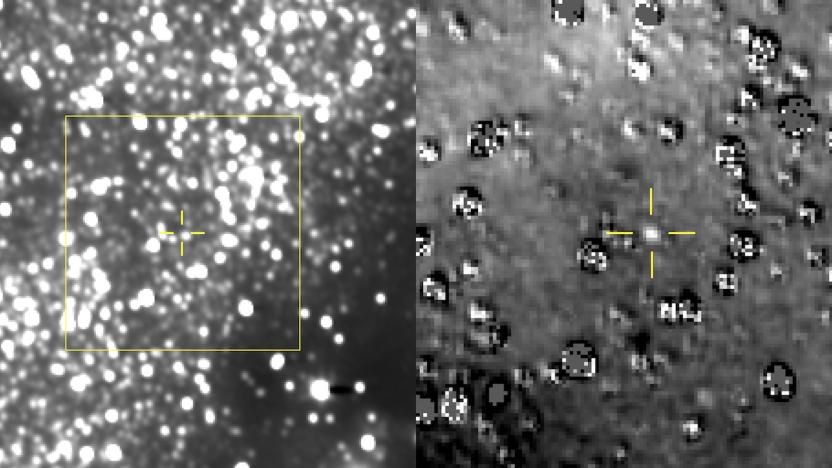
New Horizons snags image of distant Kuiper Belt target a month early
After NASA's New Horizons spacecraft collected a trove of data from its six-month-long flyby of Pluto, it set its sights on a much smaller object in the Kuiper Belt -- an object dubbed 2014 MU69. Scientists believe MU69 will likely be a rather preserved outer solar system object, one that could provide clues as to how dwarf planets like Pluto may have formed billions of years ago. Now the New Horizons team reports that it has snapped a picture of its distant target and it did so weeks before MU69 was expected to be visible to the spacecraft.

